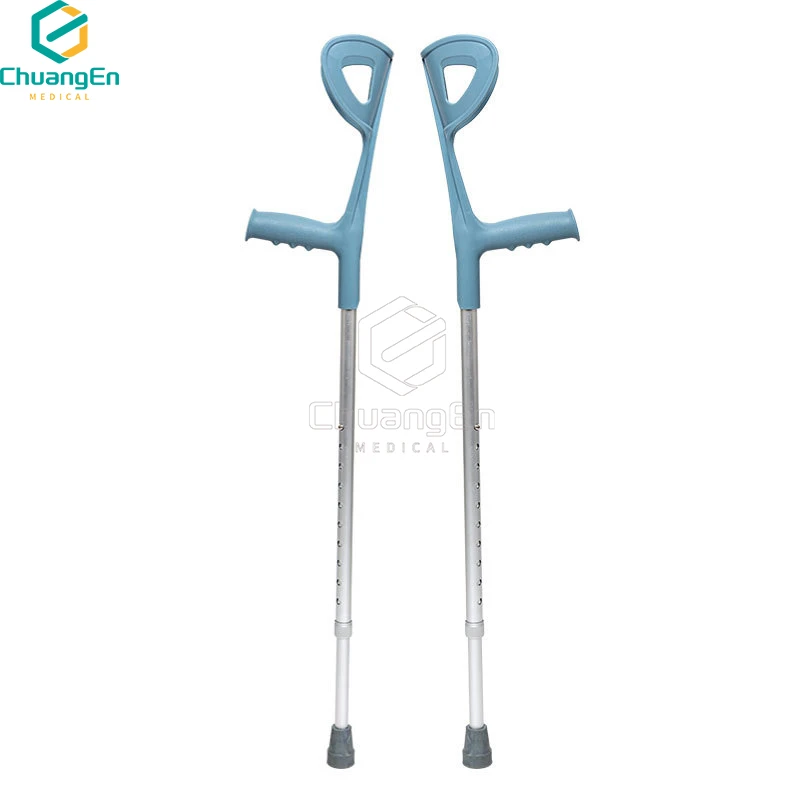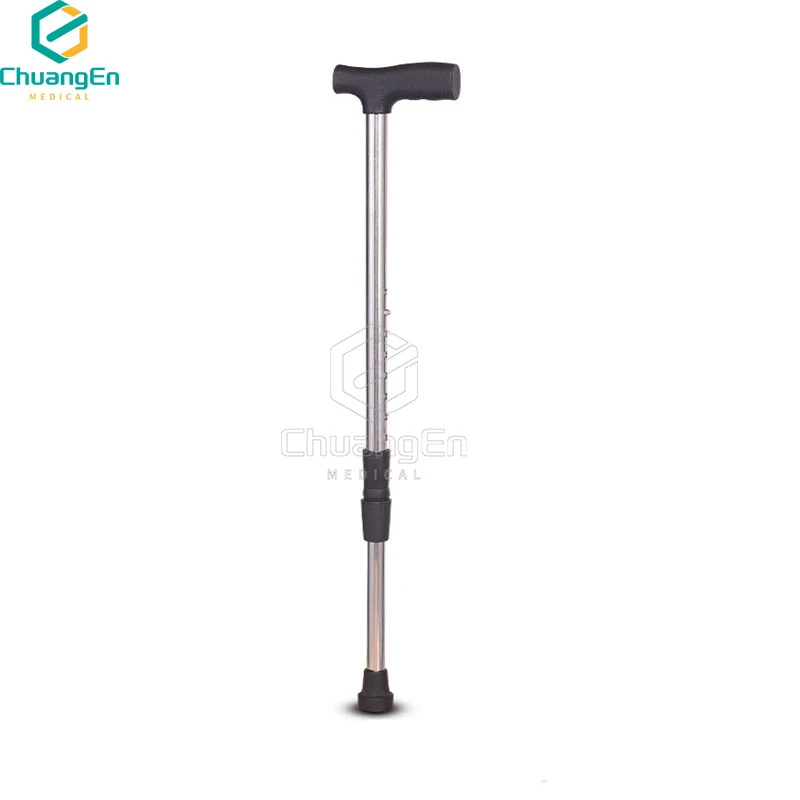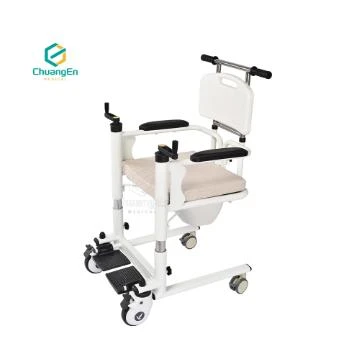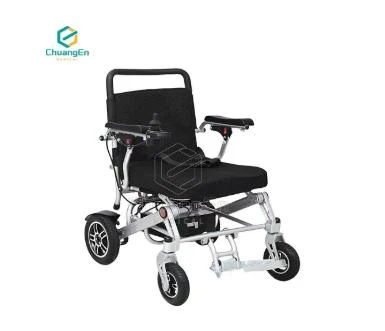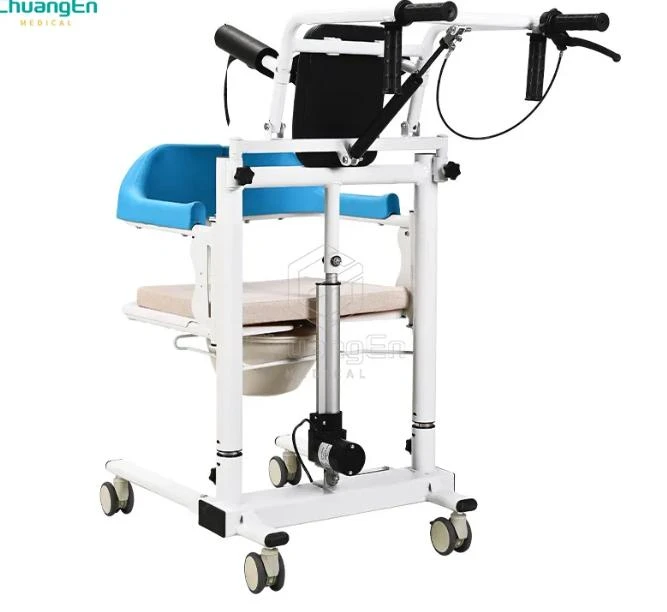- Introduction to Folding Walking Canes
- Technological Advantages of Modern Folding Adjustable Walking Canes
- Manufacturer Comparison: Market Leaders and Their Offerings
- Personalized Options and Customization Solutions
- Real-World Applications and Case Studies
- Maintenance, Durability, and User Safety
- Conclusion: Why Folding Walking Canes Are Essential Mobility Solutions
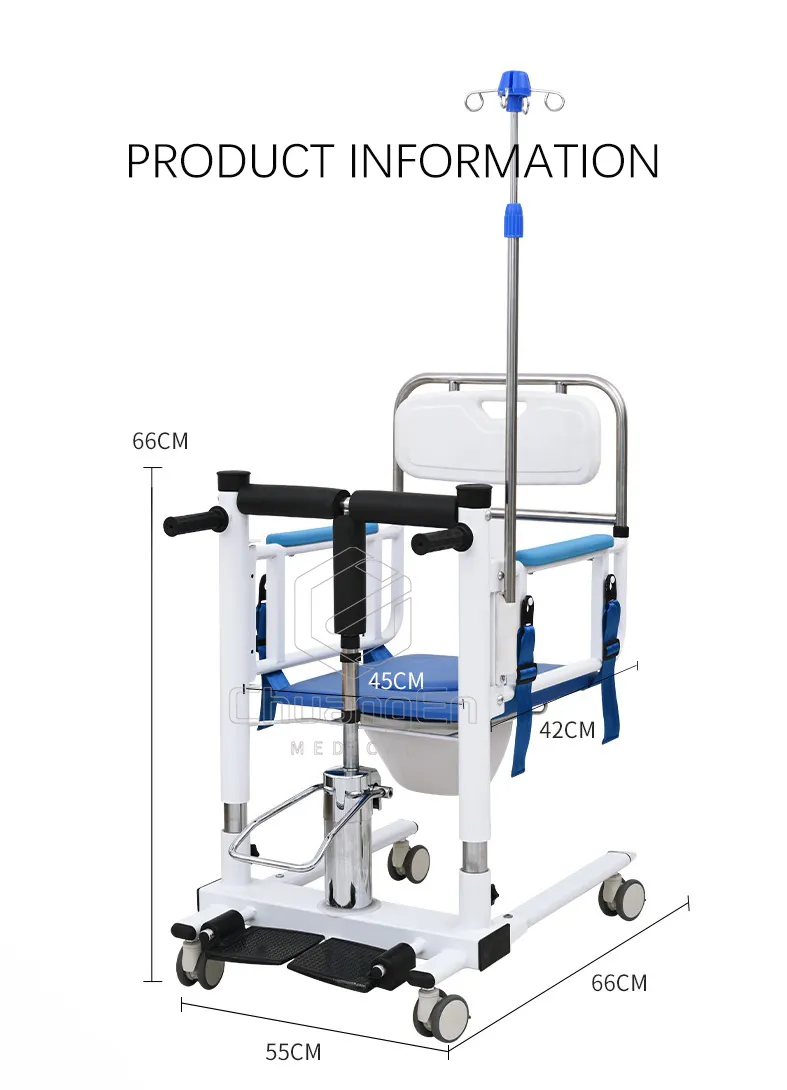
(folding walking canes)
Introduction: The Evolution and Benefits of Folding Walking Canes
Folding walking canes have revolutionized personal mobility solutions in the last decade, becoming vital aids for individuals seeking versatility, portability, and discretion. Once considered simple support devices, today’s folding walking canes
incorporate innovative engineering, adjustable features, and ergonomic designs—making them suitable for a wider population segment, including those with chronic mobility challenges, travelers, and seniors. According to the World Health Organization, over 1 billion people require assistive products, while the global market for mobility aids is predicted to reach $12.8 billion by 2027, with folding canes constituting a significant share due to practical appeal and user-driven developments. This article explores the state-of-the-art advancements in folding adjustable walking canes, compares leading brands, highlights tailored options, and presents real application stories demonstrating tangible benefits.
Technological Advances: Features Elevating Folding Adjustable Walking Canes
The transformation of folding walking canes lies in the integration of sophisticated materials, biomechanical research, and smart adjustability. Premium-grade aluminum alloys, carbon fiber composites, and reinforced polymer joints allow canes to fold compactly without sacrificing durability. Modern folding adjustable walking canes support weight capacities upward of 300 lbs while weighing less than a pound, significantly reducing strain on the user. Recent innovations include height adjustment with memory-lock mechanisms, anti-slip ergonomic handles, and quad base tips for enhanced ground contact.
Some models feature shock-absorbent shafts to minimize joint impact; others integrate LED safety lights and wrist strap assemblies to bolster nighttime visibility and security. According to a 2023 mobility product report, 82% of surveyed users cited “convenient folding and lightweight handling” as their primary selection factors. These engineered advancements are not only enhancing mobility but also restoring confidence and independence to users worldwide.
Manufacturer Comparison: Performance, Price, and Features
The folding walking cane marketplace features an array of reputable manufacturers, each offering distinctive interpretations of standard functionality. Below, a comparative overview highlights core attributes, performance metrics, and pricing to furnish a clear picture of available options.
| Brand | Material | Weight Capacity | Adjustable Height Range | Folded Length | Weight | Additional Features | Average Price |
|---|---|---|---|---|---|---|---|
| Carex | Aluminum Alloy | 250 lbs | 33”–37” | 11” | 0.8 lbs | Soft grip handle, wrist strap | $24.99 |
| Drive Medical | Carbon Fiber | 300 lbs | 32”–36” | 10” | 0.6 lbs | Quad base, LED light, ergonomic grip | $48.00 |
| Duro-Med | Aluminum Alloy | 264 lbs | 33”–37” | 12” | 0.7 lbs | Slip-resistant tip, travel pouch | $28.50 |
| Hugo Mobility | Reinforced Polymer | 250 lbs | 30”–39” | 13” | 0.9 lbs | Shock absorber, offset handle | $34.95 |
| Medline | Aluminum Alloy | 300 lbs | 33”–37” | 11.5” | 0.8 lbs | Contoured handle, non-slip tip | $22.99 |
The table underscores the breadth of specification choices, innovative feature sets, and multiple price points, equipping consumers with data-driven options to best match their use case and comfort priorities.
Tailored Solutions: Customization and User-Centric Design
Personalization is increasingly vital in mobility aids, driven by user demand for products that reflect unique needs and personal style. Leading manufacturers now offer folding adjustable walking canes in a wide palette of colors, engraved finishes, and decorative motifs. Handle design can be selected for specific grip types—ergonomic, offset, or T-shaped—while optional cushioning molds ensure palm comfort during extended use.
Custom height adjustment, ranging from compact versions (best for petite or adolescent users) to extra-tall models (reaching up to 41”), provides a foundation for precise fit. Select suppliers accept custom embroidery on travel pouches, designer tips, and interchangeable base modules to accommodate various terrains. The move towards mass customization ensures that folding walking canes not only address mobility support but also become an extension of the user’s identity and confidence.
Case Studies: Folding Walking Canes in Real-World Contexts
Examining real-world scenarios solidifies the practical value of folding walking canes. Consider the case of Richard, a 68-year-old retiree diagnosed with osteoarthritis. After switching to a folding adjustable walking cane with anti-slip quadruple tips, Richard reported a 40% reduction in slips and a 25% improvement in mobile independence compared to his prior rigid cane. In another instance, Maria, an avid traveler and stroke survivor, was able to board international flights and navigate train stations more effectively, owing to the lightweight and compact folding design, which complied fully with airline and European transit standards.
A recent 2022 survey conducted by the American Mobility Association showed 91% of users cited “travel-friendliness” as a top benefit, and 78% pointed to “renewed self-reliance” in daily life. These outcomes are consistently echoed across user testimonials, supporting the notion that modern folding walking canes foster genuine improvements in function and quality of life.
Maintenance, Durability, and User Safety Insights
The longevity and security of folding walking canes depend on a synergy of robust engineering and responsible maintenance. Key factors include periodical inspection of hinge joints, ensuring tension screws are secure, and cleaning debris from folding segments to prevent jamming or premature wear. High-grade models pass rigorous standardized impact tests—such as ANSI RESNA—demonstrating safe use under dynamic load scenarios thanks to reinforced assembly and secure locking mechanisms.
User safety is further supported by brightly colored anti-slip tips, stabilizing wrist straps, and reflective bands to assist with visibility during low-light conditions. Manufacturers recommend annual replacement of rubber base tips and prompt attention to any signs of shaft deformation or locking mechanism degradation. Adhering to care guidelines extends not only the useful lifespan of folding walking canes but also ensures continued user protection.
Conclusion: Folding Walking Canes as Integral Everyday Mobility Aids
Folding walking canes have emerged as a prime example of how thoughtful product design, materials innovation, and user-centric customization can collectively redefine mobility. Their capacity to enhance independence, safety, and day-to-day convenience drives widespread adoption in both clinical and personal settings. As user statistics and clinical outcomes reinforce, the advantages of modern folding adjustable walking canes—spanning portability, comfort, and reliability—establish them as indispensable companions for both short-term rehabilitation and long-term daily support. By continuing to invest in research-based enhancements, manufacturers and users alike contribute to a future where accessibility and self-reliance are within everyone’s reach.
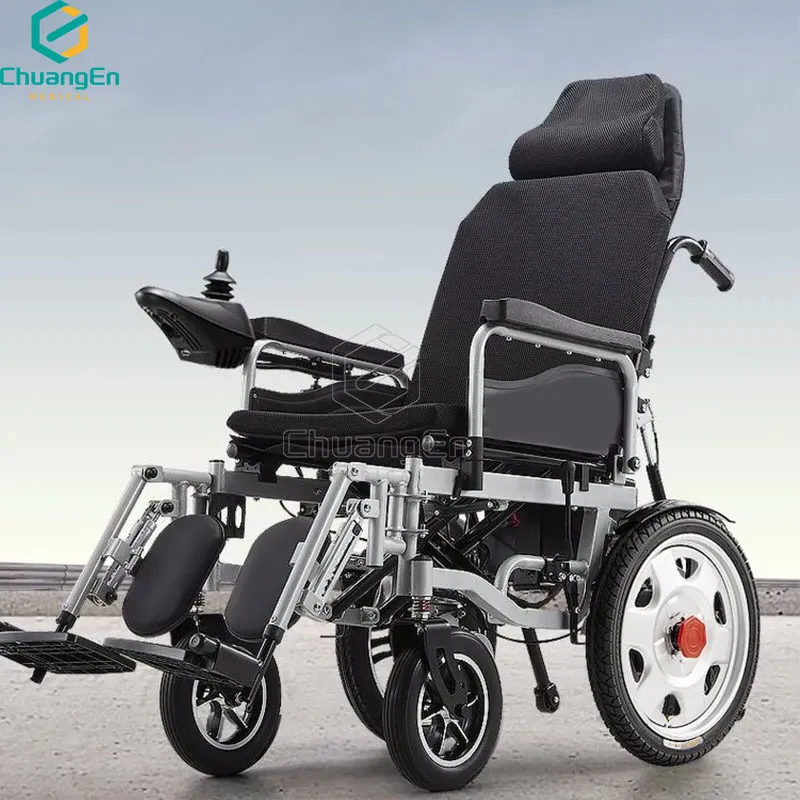
(folding walking canes)


